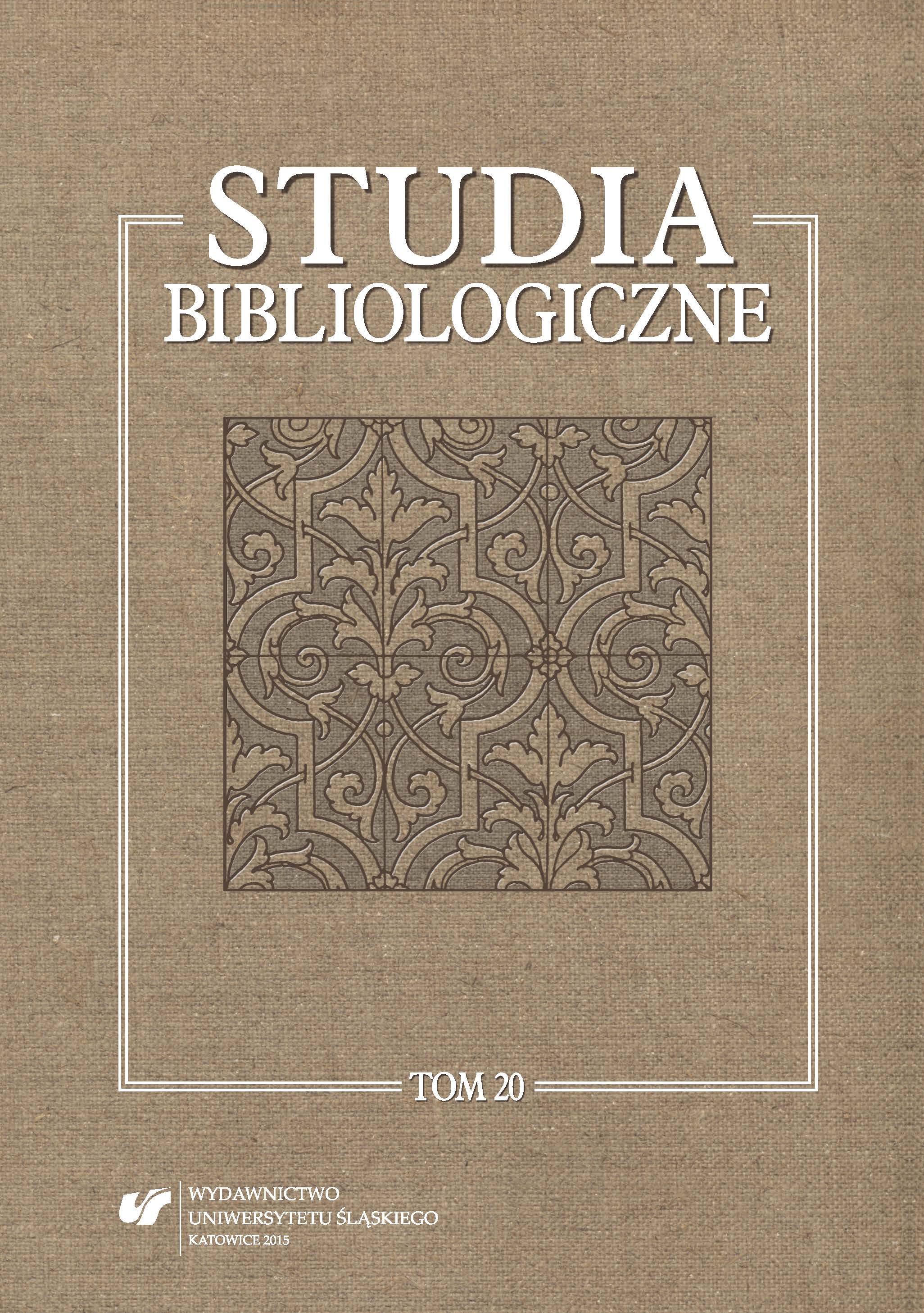Oddziaływania atramentów oraz pigmentów na podłoże papierowe. Klasyfikacja i charakterystyka najważniejszych pigmentów stosowanych w zbiorach bibliote
The Effect of Inks and Pigments on Paper Base. Classification and Characteristics of the Most Important Pigments Used in Library Collections
Author(s): Agnieszka BangrowskaSubject(s): Essay|Book Review |Scientific Life
Published by: Wydawnictwo Uniwersytetu Śląskiego
Keywords: library collections; pigments; ink; library technology; collection preservation methods
Summary/Abstract: The purpose of this article is to present the characteristics and segregation of inks and pigments used in library collections in various historical periods, as well as the capability for their recognition. Pigments are colorful substances, in their fragmented state used for manufacturing of paints, as well as dyeing paper, rubber, synthetic fabrics, plastics, and ceramics. They are divided into organic and non-organic; these in turn are divided into natural and artificial. According to the contemporary electron theory, the color of an organic compound is caused by the presence of bonded π electron sets within, which are easily excited, absorbing the radiation of a determined wavelength in the visible spectrum; the unabsorbed spectrum components are reflected, giving out the notion of color. In the classic theory, the color depends on the presence of groups called chromophores within the particle. The color compound becomes a pigment only after introducing an atom group called the auxochrome into the particle.
Journal: Studia bibliologiczne
- Issue Year: 2015
- Issue No: 20
- Page Range: 27-45
- Page Count: 19

